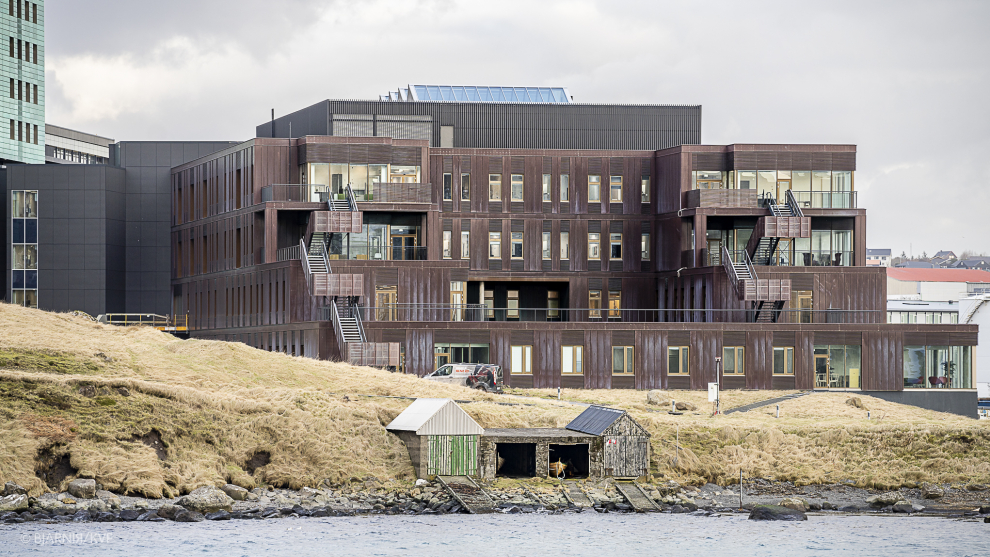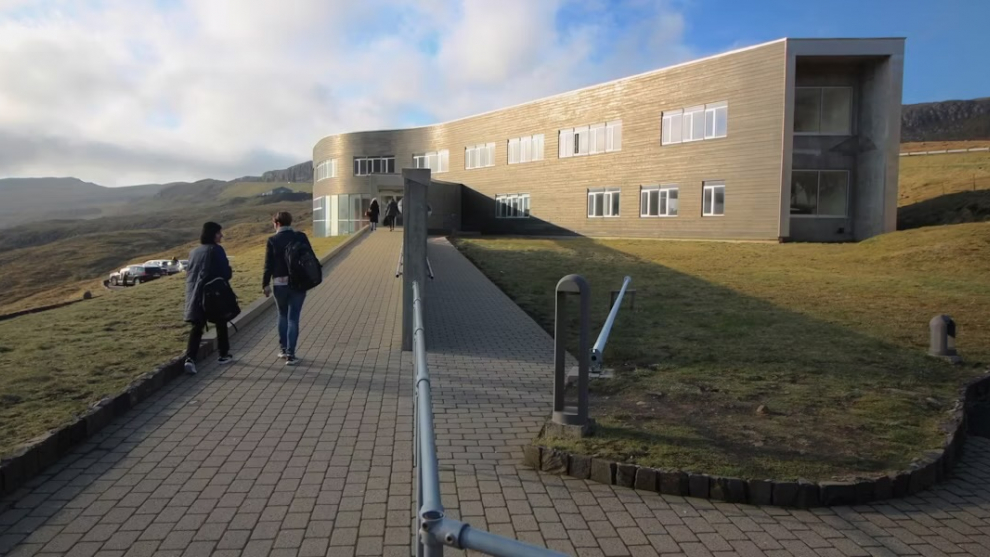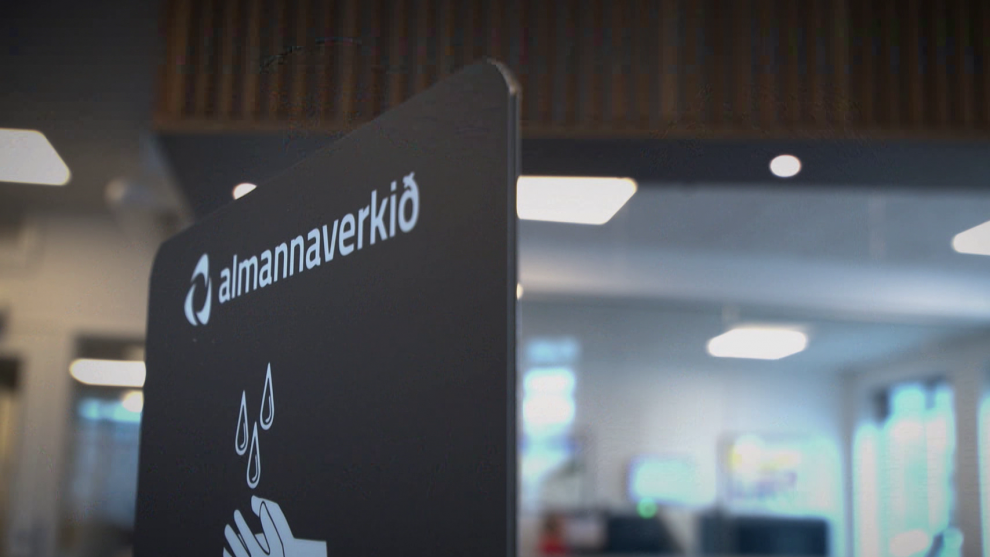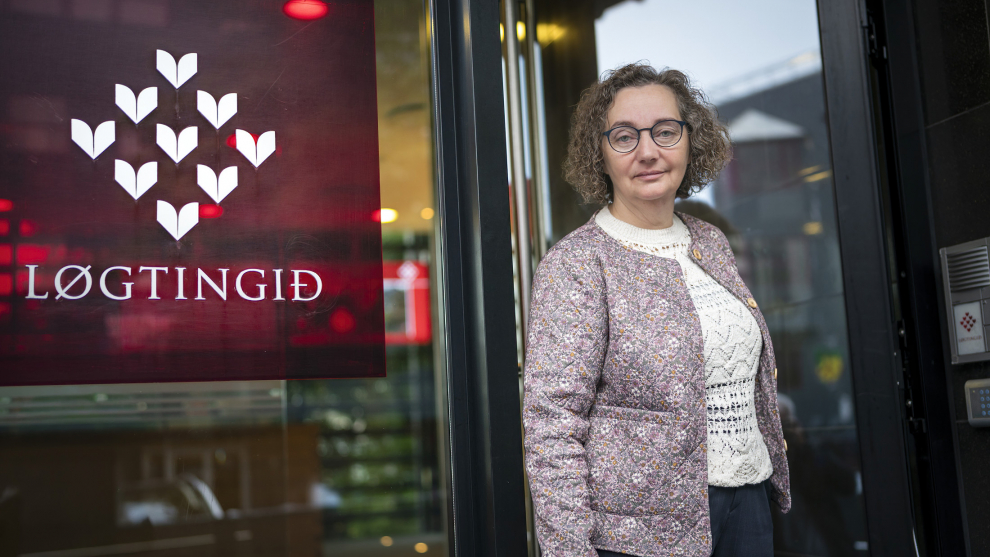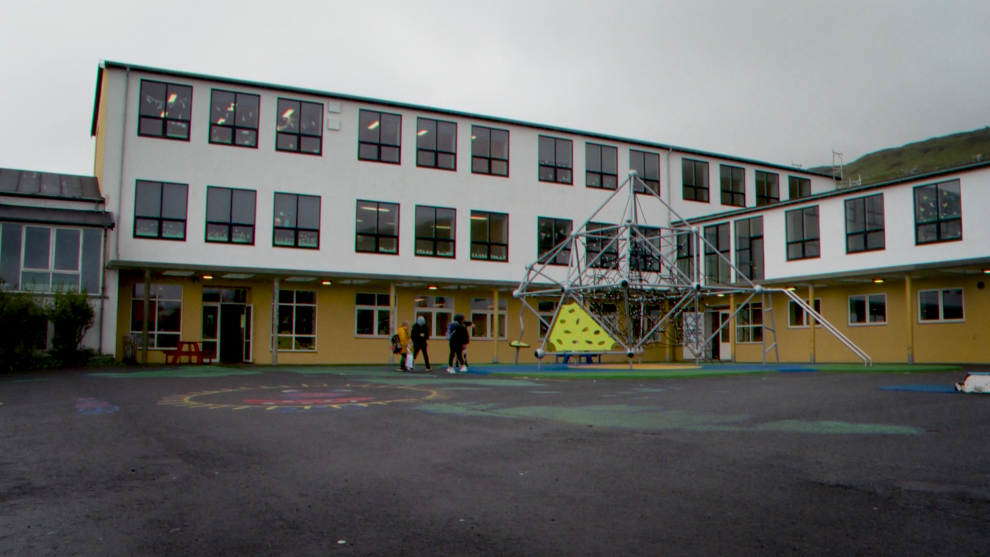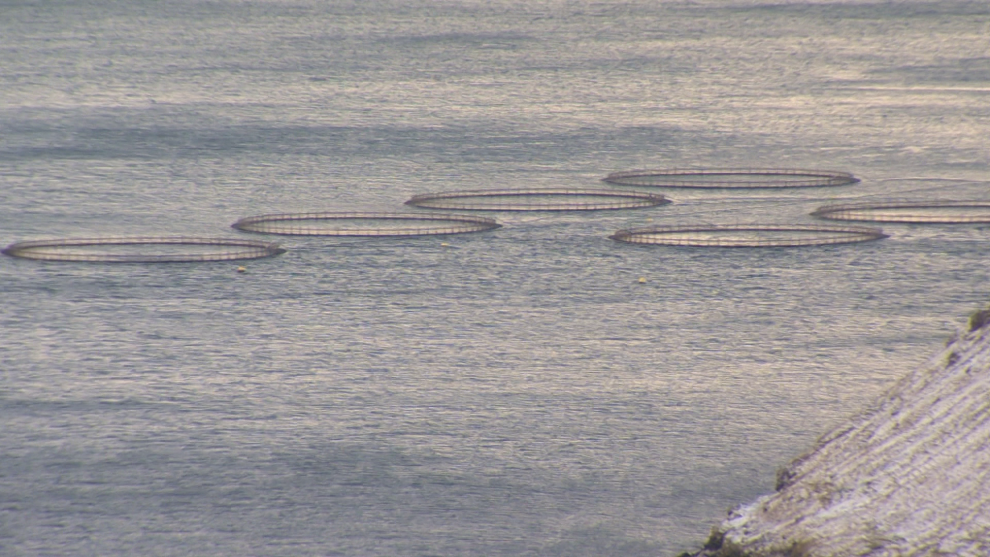- Tíðindi, mentan og ítróttur
Fish disease at root of successful corona testing

The success of Faroese corona testing can be traced back 20 years when the Faroese fish farming industry was hit by the so-called salmon isavirus.
Equipment used in the fight against this virus was the first step in the development of a fish disease laboratory.
These efforts proved useful in 2009 when the H1N1 swine flu made its way to the Faroe Islands, and now this equipment is one of the reasons that the islands have the world’s highest number of corona tests relative to the population.
“I was familiar with the test methods for the salmon isavirus,” says Debes Hammershaimb Christiansen, head of the test laboratory at the Food, Veterinary and Environmental Agency (HFS).
“As soon as I heard about the coronavirus outbreak in China, I thought that maybe this equipment could be used to test for this virus instead of sending tests to Denmark for analysis.”
Rapid lab conversion
After consulting with the health authorities, it was decided to set up a corona laboratory at the HFS headquarters in Tórshavn.
As most of the equipment was found to be directly transferrable for corona test purposes, setting up the laboratory was relatively easy, and by late February it was ready to use.
This lab has a capacity for conducting up to 600 corona tests a day, yielding reliable results within 6-8 hours.
If the tests had to be sent to Denmark for analysis, which may otherwise have been necessary, it would take days before the results were ready.
Flexibility of supplies
An added benefit of this system, according to Christiansen, is that using equipment intended for treating fish diseases gives HFS more flexibility in terms of suppliers than most hospitals and laboratories, which should make it easier to restock should they run out of test kits and other supplies.
All tests are stored and filed, allowing for subsequent research into the Covid-19 virus.
Translated by prosa.fo










